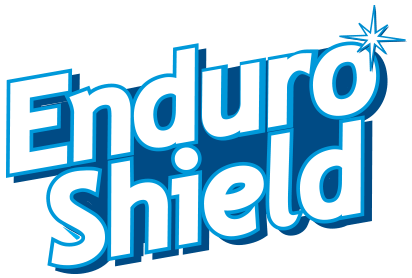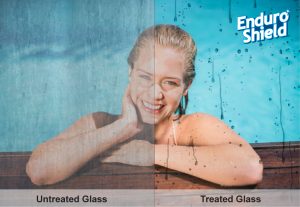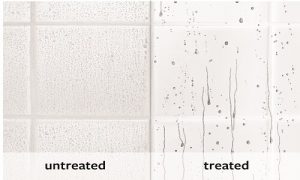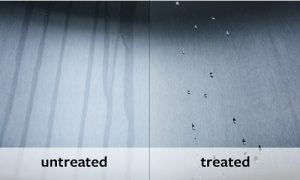FAQ’s – EnduroShield Frequently Asked Questions
Select below from our list of FAQ’s or contact us for assistance.
How to unlock the trigger sprayer on the EnduroShield spray bottles in the EnduroShield Home Kits?

What is the best way to clean shower glass once it has been treated with EnduroShield®?

What is the best way to clean the exterior glass once it has been treated with EnduroShield®?
*Recommended squeegee brand is Ettore
Is a squeegee required to clean the glass after each use?
How often does the glass need to be cleaned once EnduroShield® has been applied?
Will the coating crack, peel or discolour over time?
Does the coating get attacked by common household chemicals?
Will the surface become patchy if the coating is worn off in any way?
Can EnduroShield® be applied to existing glass, including old shower screens or bath enclosures?
How long will the coating last?
Can the coating be damaged?
What do I do if minerals build up on my glass?

Around the world there are some unique locations which have extremely harsh conditions. In these harshest of water environments, EnduroShield is a great choice. Simply put if you didn’t have the EnduroShield protection, your glass may have to be restored to bring back the clarity or even replaced. In some cases this staining can occur in less than 1 year. New Orleans, Louisiana and Perth, Western Australia are examples of cities with very high mineral concentrations.
Being so robust, the EnduroShield coating is a great option in these conditions. EnduroShield allows you to have great looking glass, but it takes a little more work due to these specific environmental conditions. In such environments minerals are so prevalent in the water that they can still create a build up on the EnduroShield coating, (it usually doesn’t damage the glass but can build up over time) and become difficult to remove. We recommended using the vinegar / water solution (listed above) every week or so as a cleaning option to reduce this build up on the surface, rather than allowing the build up to continue over a long period of time.
If I don’t clean my EnduroShield® treated shower after use, will there be water spots? In most cases, yes. Water repellent coatings will cause water to bead up into tall, distinct drops, similar to a freshly waxed car. The amount of drops left on the glass is dependent on the size of the drops themselves. Most often the top of the enclosure that has a fine mist spraying from one’s shoulders will have many very small drops, whereas on the bottom sections of the glass the majority of the water will fall off in thin, snaky lines, and a few water drops can be left behind.
Cleaning these drops from EnduroShield treated glass can be done by simply using a good quality squeegee* or microfiber after a shower. If the glass is not cleaned, minerals and soap scum can dry and bond to themselves, which because of the coating will wipe off easily.
It is important to note that glass unprotected by EnduroShield would begin to permanently etch and become damaged due to these water-borne minerals, whereas your treated door will resist etching with only minimal maintenance!
How to unlock the trigger sprayer on the EnduroShield spray bottles in the EnduroShield Home Kits?

What is the best way to clean the tiles and grout once they have been treated with EnduroShield®?
To keep your tiles and grout looking new, clean each week using a damp microfiber cloth and a mild detergent to remove any soap scum, dirt or grime from the tiled surface.
How often do the tiles & grout need to be cleaned once EnduroShield® has been applied?
Will the coating crack, peel or discolour over time?
Does the coating get attacked by chemicals?
Will the surface become patchy if the coating is worn off in any way?
Do I still need to seal the tiles after I have EnduroShield® applied?
Can I have EnduroShield® applied over tiles that have already been sealed with a product?
Can the coating be damaged?
Can EnduroShield® be applied to floor tiles?
How to unlock the trigger sprayer on the EnduroShield spray bottles in the EnduroShield Home Kits?





